Curry powder is a versatile spice blend that can transform your cooking. Whether you're a seasoned chef or a beginner, knowing how to use curry powder effectively can add depth and flavor to your dishes. In this article, we'll cover essential ways to use curry powder in cooking, along with practical tips for selection and storage.
Table of Contents
- What Is Curry Powder?
- Curry Powder Uses: A Flavorful Journey
- Practical Tips for Using Curry Powder
- Buying Guide: How to Choose the Best Curry Powder
- Frequently Asked Questions
- Conclusion
What Is Curry Powder?
Curry powder is a blend of various spices commonly used in Indian and Southeast Asian cuisines. It typically includes turmeric, cumin, coriander, garlic, ginger, and chili peppers—though the exact mix can vary by region and recipe. This blend adds depth, warmth, and a hint of heat to any dish.
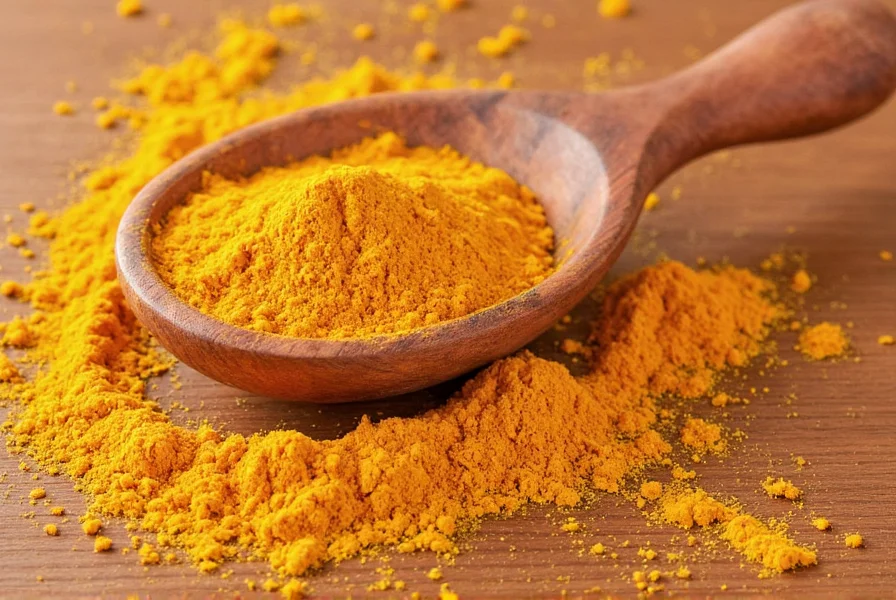
Why Curry Powder Matters
Curry powder isn't just about taste—it's about tradition, culture, and creativity. It brings a sense of comfort and familiarity to meals while allowing for endless experimentation. Understanding its curry powder uses in cooking can transform your dishes from basic to brilliant.
Curry Powder Uses: A Flavorful Journey
Let's break down some of the most popular curry powder uses for cooking:
1. Enhancing Soups and Stews
Add a pinch of curry powder to soups like tomato soup, lentil soup, or even chicken noodle soup for a warm, aromatic twist. The spices will infuse the broth with layers of flavor.
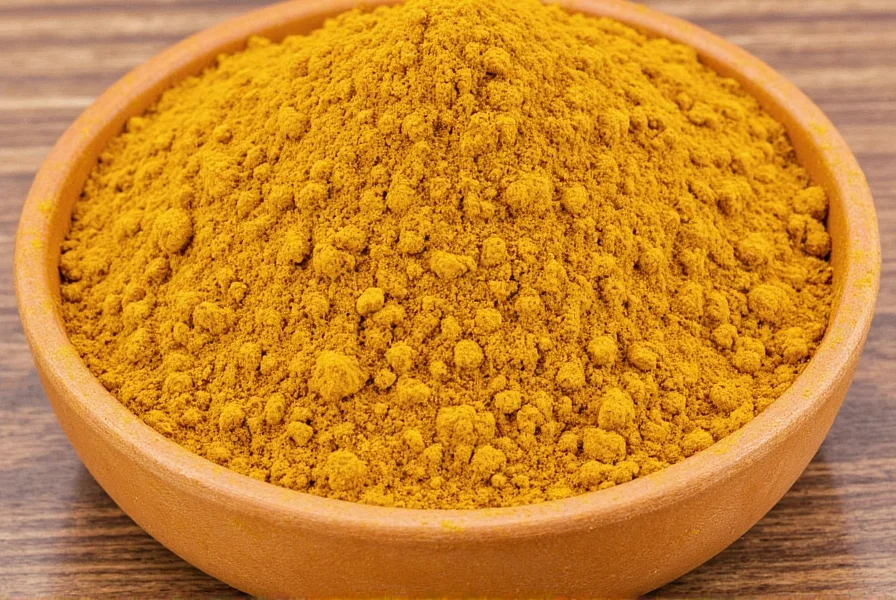
2. Seasoning Proteins
Whether you're grilling chicken, searing fish, or roasting vegetables, a sprinkle of curry powder can give them an extra kick. It works especially well on tofu, shrimp, and eggplant.
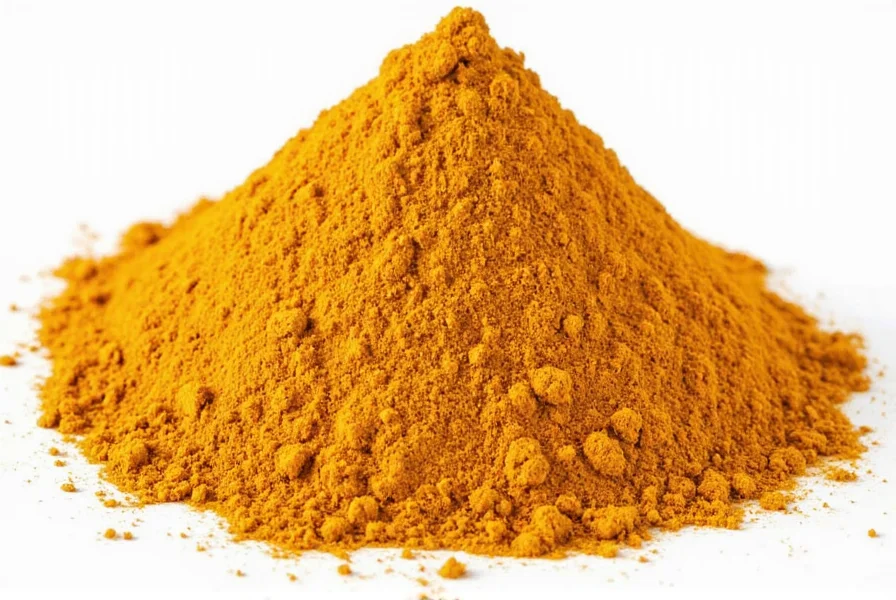
3. Making Curries and Kormas
This is where curry powder truly shines. Use it as a base for curries, kormas, or chilies to create rich, savory dishes that are bursting with flavor. Just remember, less is more—start small and adjust to taste.
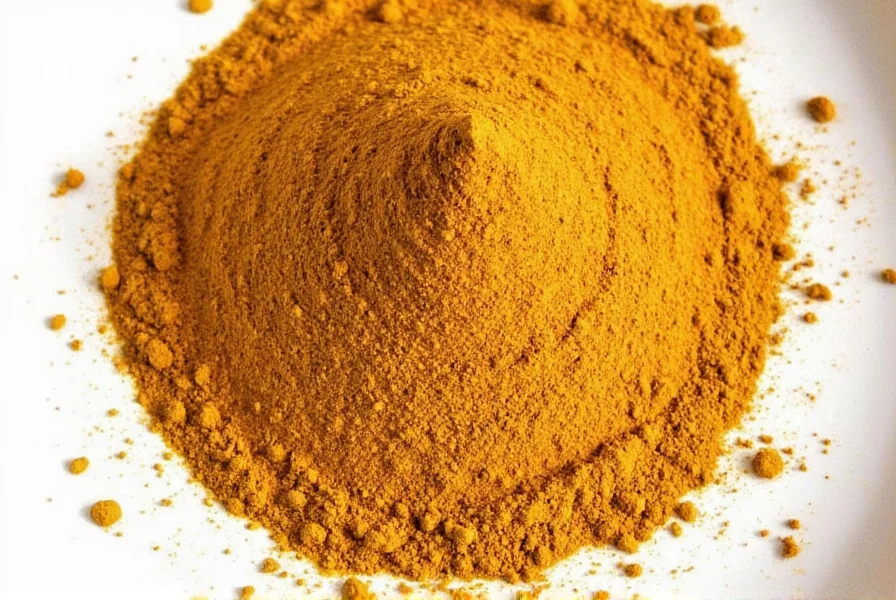
4. Spicing Up Rice and Noodles
Try mixing a bit of curry powder into rice, noodles, or even mashed potatoes. It adds a subtle warmth that complements many side dishes perfectly.
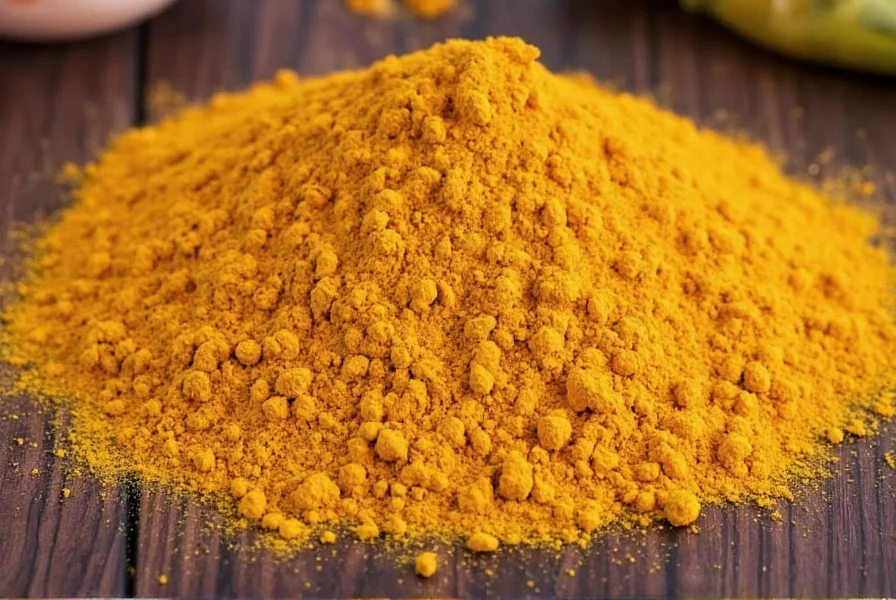
5. Flavoring Sauces and Dips
Use curry powder to enhance sauces like yogurt-based raitas, aioli, or even barbecue sauce. It adds complexity without overpowering the other flavors.
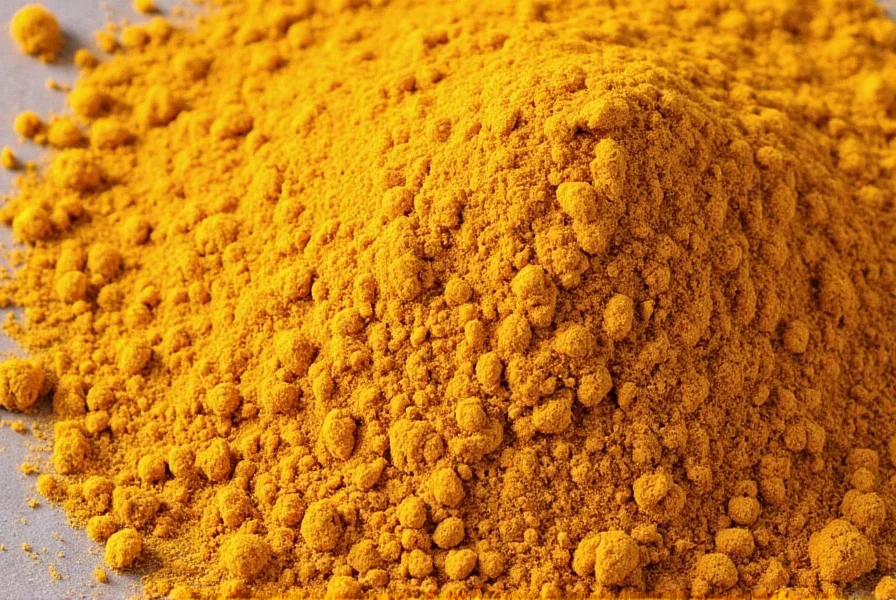
Practical Tips for Using Curry Powder
Here are some key tips to help you get the most out of your curry powder:
- Start Small: Curry powder can be strong. Begin with a teaspoon and adjust as needed.
- Pair with Acid: Balance the richness of curry powder with acidic ingredients like lemon juice, vinegar, or tomatoes.
- Store Properly: Keep your curry powder in an airtight container away from heat and light to maintain its potency.
- Experiment: Don't be afraid to mix it with other spices like cumin, paprika, or garam masala for unique flavor profiles.
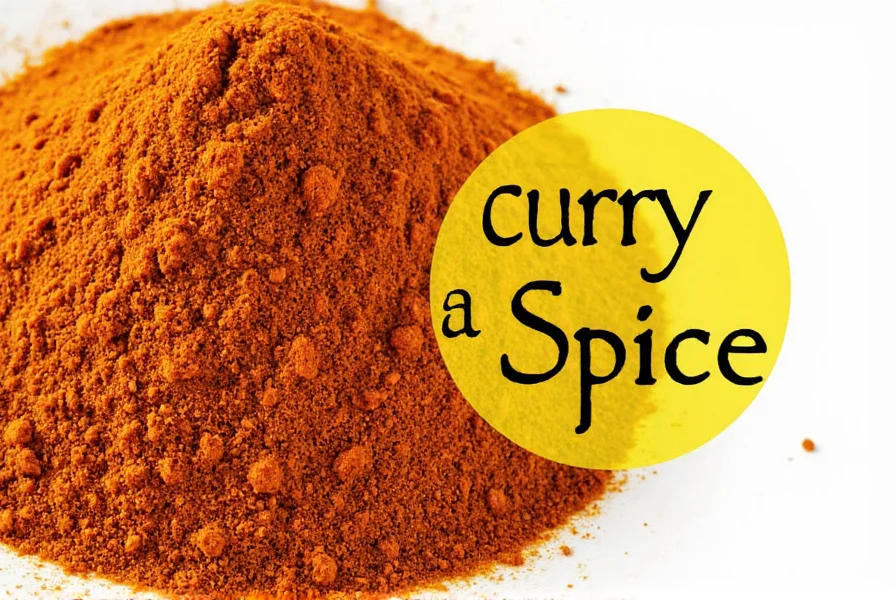
Buying Guide: How to Choose the Best Curry Powder
With so many options available, choosing the right curry powder can be overwhelming. Here's what to look for:
| Feature | Advantages | Use Cases | Target Audience | Suitable Occasions |
|---|---|---|---|---|
| Organic | No artificial additives, better for health-conscious users | Home cooking, vegan recipes | Cooking enthusiasts, health-focused individuals | Dinner parties, family meals |
| Ground vs. Whole | Ground is easier to use; whole spices offer more freshness | Quick meals, slow-cooked dishes | Busy professionals, home cooks | Lunch, dinner, potlucks |
| Regional Varieties | Offers authentic flavors from different cultures | International cuisine, fusion dishes | Culinary students, adventurous eaters | Cultural events, themed dinners |
| Low Sodium | Better for those watching their salt intake | Health-focused recipes, low-sodium diets | People with hypertension, dietary restrictions | Everyday meals, doctor-recommended diets |
When purchasing, look for brands that use high-quality, fresh ingredients. Some popular options include McCormick Curry Powder, Penzeys Curry Powder, and Goya Curry Powder. Each has its own unique flavor profile, so don't hesitate to try a few different varieties to find your favorite.
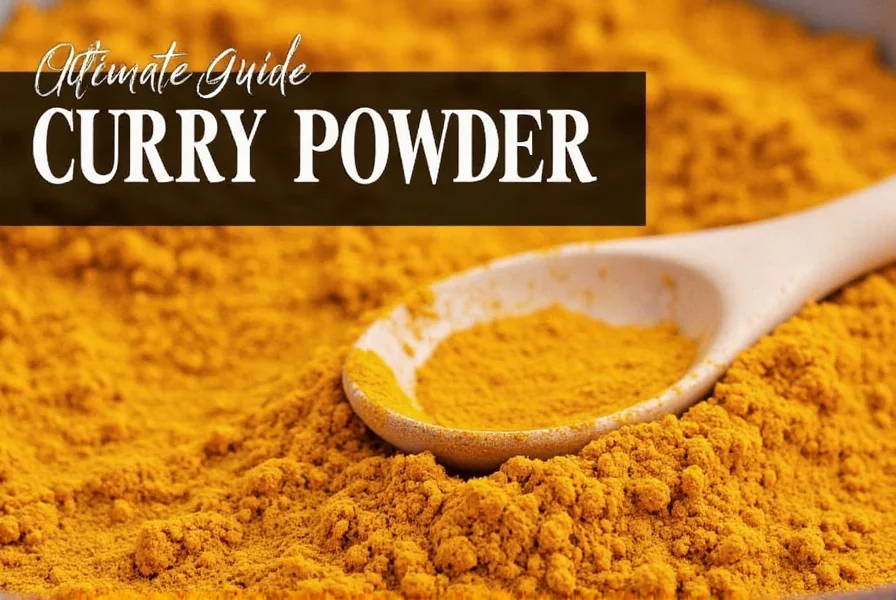
Frequently Asked Questions
What's the difference between curry powder and garam masala?
While both are spice blends, curry powder typically contains turmeric (giving it a yellow color) along with coriander, cumin, and chili, creating a more complex, sometimes hotter profile. Garam masala is usually darker, doesn't contain turmeric, and features more warming spices like cardamom, cloves, and cinnamon. Curry powder is often used as a base for dishes, while garam masala is frequently added at the end of cooking for fragrance.
How much curry powder should I use in a recipe?
Start with 1 teaspoon per serving and adjust to taste. For a standard curry recipe serving 4 people, begin with 1-2 tablespoons. Remember that curry powder intensifies as it cooks, so it's better to start with less and add more if needed. Some recipes may call for up to 3 tablespoons for stronger flavor profiles.
Can curry powder go bad?
Curry powder doesn't technically "go bad" but loses potency over time. Properly stored in an airtight container away from light and heat, it maintains good flavor for 1-2 years. Signs it's past its prime include faded color, weak aroma, or a stale taste. For best results, replace your curry powder annually if used regularly in cooking.
Is curry powder always spicy?
No, not necessarily. The heat level depends on the specific blend and the amount of chili peppers included. Some curry powders are quite mild, focusing on aromatic spices rather than heat. If you're sensitive to spice, look for "mild" or "sweet" curry powder varieties, or start with smaller amounts and adjust to your preference.
Can I make my own curry powder blend?
Absolutely! Making your own allows you to customize the flavor profile. A basic blend includes 2 tbsp coriander, 1 tbsp cumin, 1 tbsp turmeric, 1 tsp ginger, 1 tsp garlic powder, 1/2 tsp chili powder, and 1/2 tsp black pepper. Toast whole spices first for deeper flavor, then grind. Store in an airtight container and use within 3 months for best results.
Conclusion
Curry powder is a versatile spice that can elevate your cooking with minimal effort. From enhancing soups and proteins to creating rich curries and flavorful sauces, mastering its uses in the kitchen unlocks endless culinary possibilities. Whether you're a beginner or experienced cook, these essential techniques will help you make the most of this beloved spice blend.
So, next time you reach for a jar of curry powder, remember—you're not just adding flavor. You're transforming everyday ingredients into extraordinary dishes. Happy cooking!
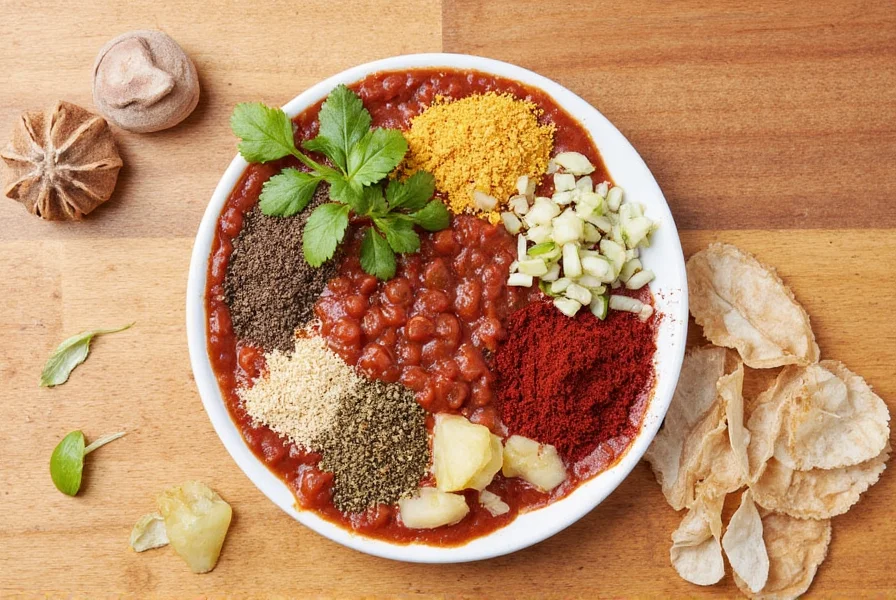

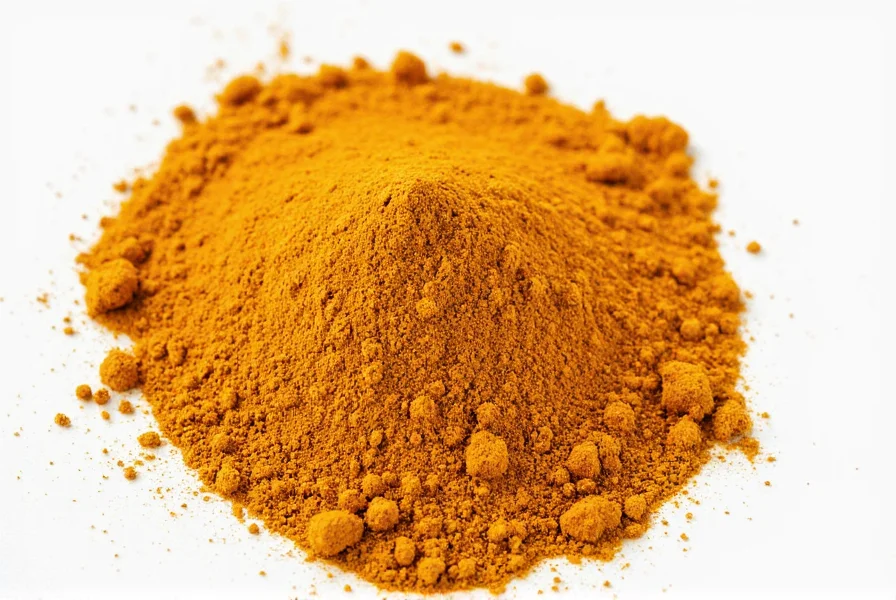









 浙公网安备
33010002000092号
浙公网安备
33010002000092号 浙B2-20120091-4
浙B2-20120091-4